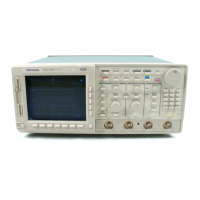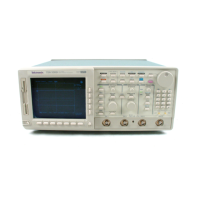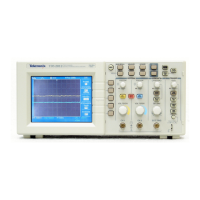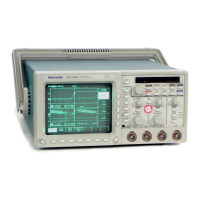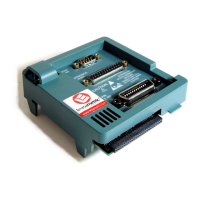Measuring Waveforms
3–156
TDS 500D, TDS 600B, & TDS 700D User Manual
Optimizing Measurement Accuracy: SPC and Probe Cal
The TDS Oscilloscope provides three features that optimize measurement
accuracy. Signal Path Compensation (SPC) lets you compensate the internal
signal path used to acquire the waveforms and measure based on the ambient
temperature. Channel/Probe Deskew lets you compensate for the fact that signals
may come in from cables of different length. Probe Cal lets you compensate the
entire signal path, from probe tip to digitized signal, to improve the gain and
offset accuracy of the probe. This section tells you how to use both features.
The TDS Oscilloscope lets you compensate the internal signal path used to
acquire the waveforms you measure. SPC optimizes the oscilloscope capability
to make accurate measurements based on the ambient temperature.
You should run an SPC if the temperature has changed more than 5 C since the
last SPC was performed.
NOTE. When making measurements at volts/division settings less than or equal to
5 mV, you should run SPC at least once per week. Failure to do so may result in
the oscilloscope not meeting warranted performance levels at those volts/div
settings. (Warranted characteristics are listed in the Performance Verification
and Specifications manual.)
To run an SPC, do the following steps:
1. Power on the digitizing oscilloscope and allow a 20 minute warm-up before
doing this procedure.
2. Disconnect any input signals you may have connected from all four input
channels.
Signal Path
Compensation

